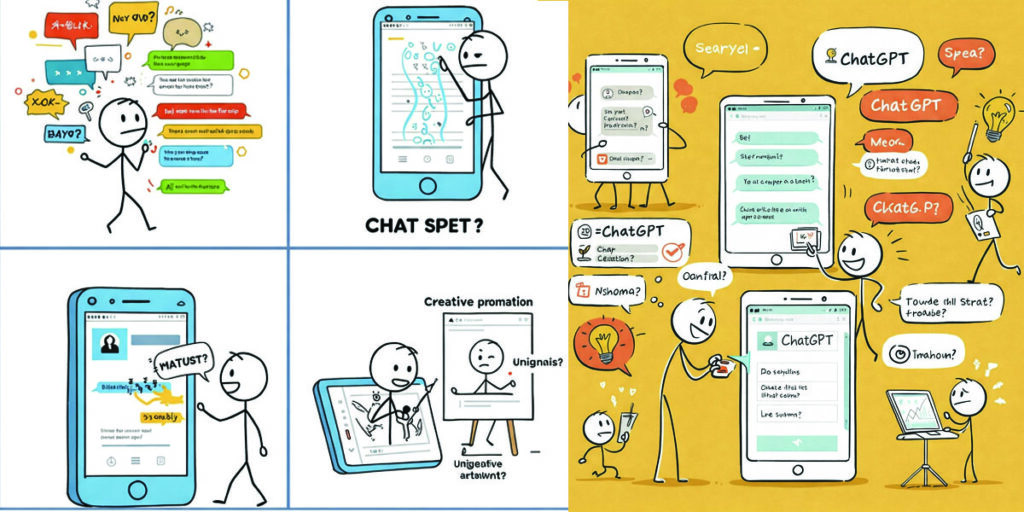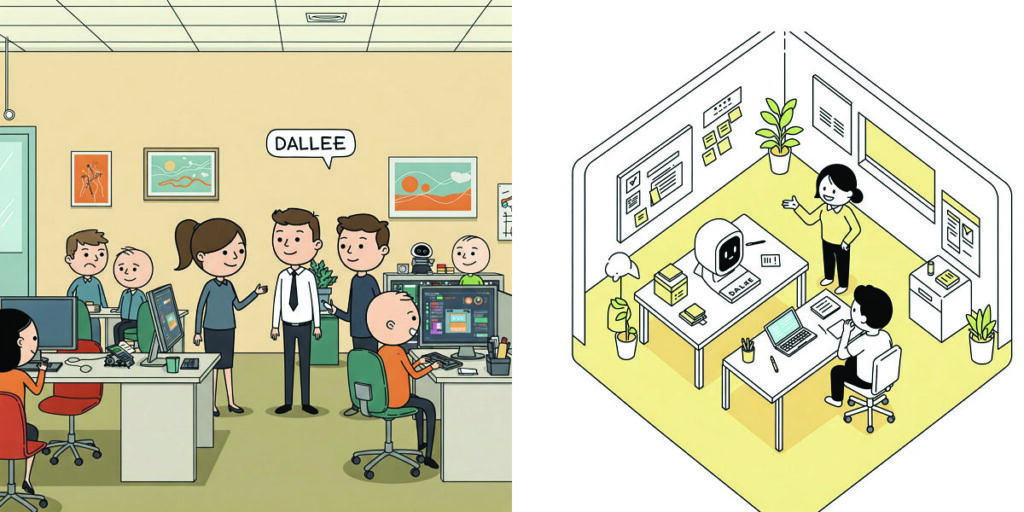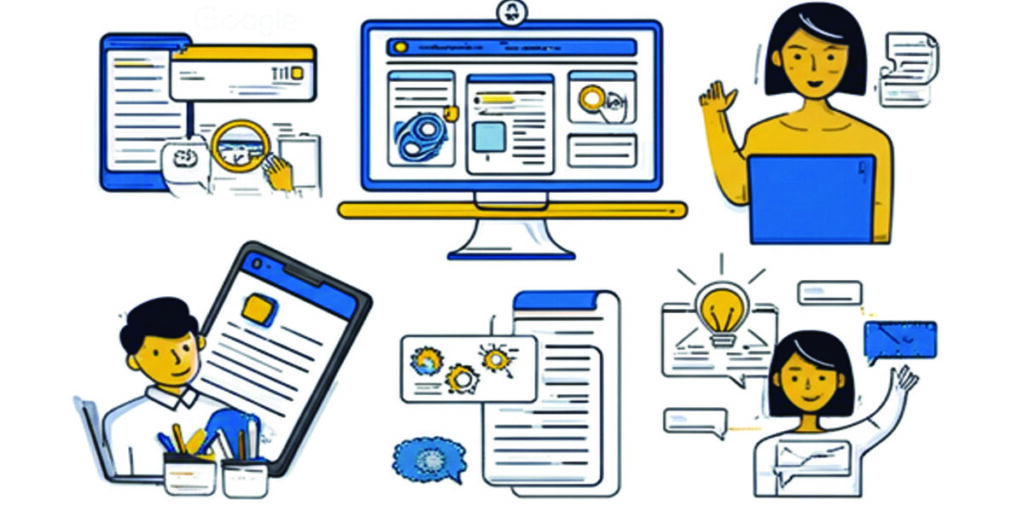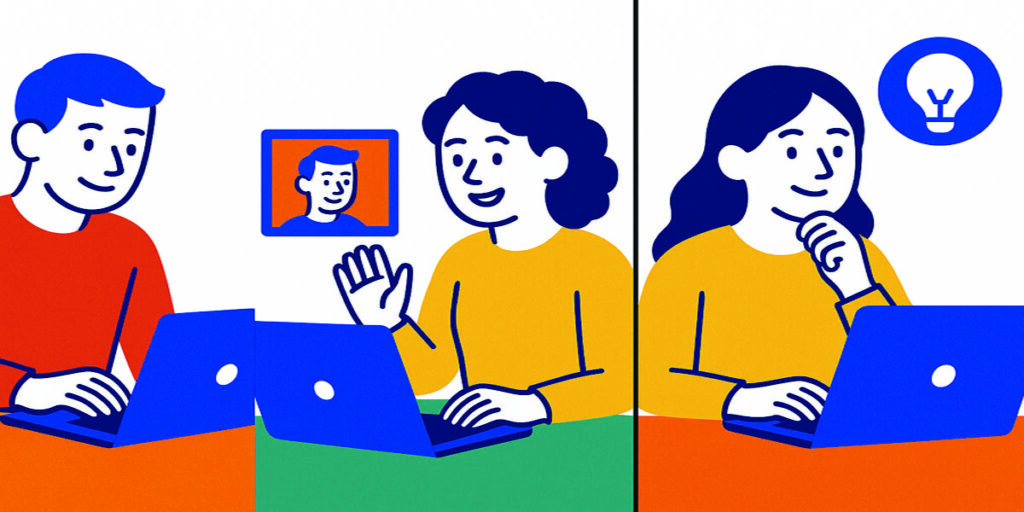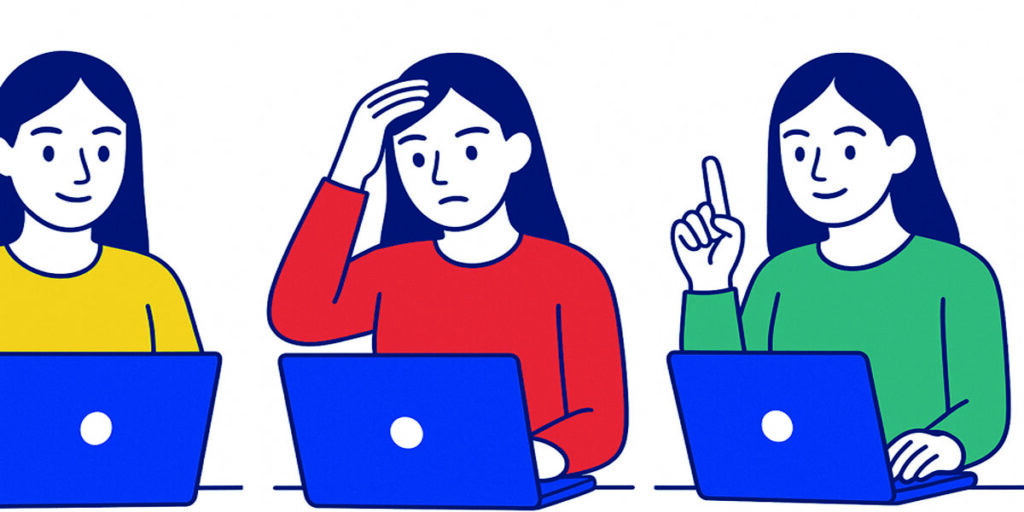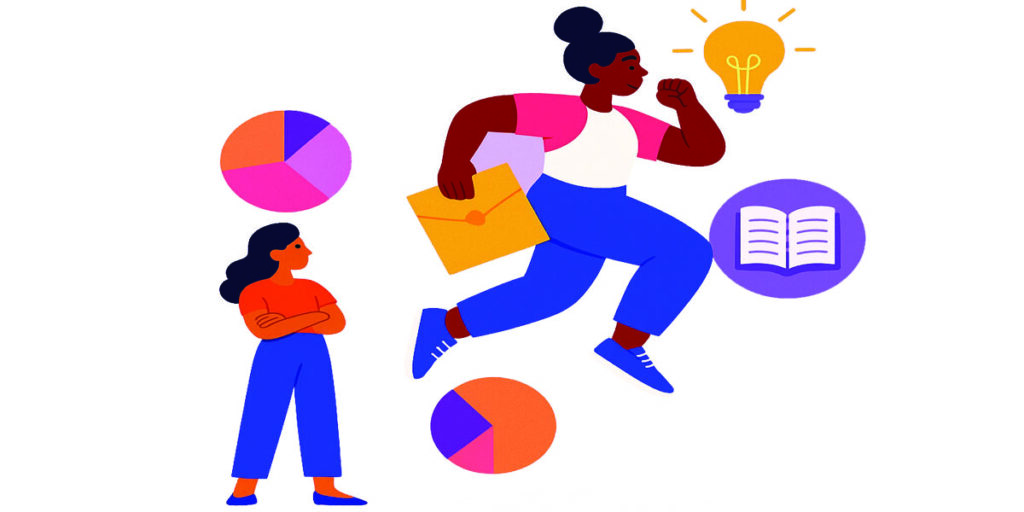Runway ML stands at the fascinating intersection of technological innovation and creative empowerment. It represents a significant leap in how creators interact with artificial intelligence, offering a suite of tools that democratize complex processes like video editing, image generation, and real-time visual effects. To truly understand the impact and potential of Runway ML, we must delve into its historical context within the broader evolution of creative tools, analyze its position within the burgeoning AI and creator economies, and explore the networking effects that amplify its influence.
A Historical Tapestry: The Evolution of Creative Tools and the Dawn of AI Assistance
The journey of creative expression has been intrinsically linked to the tools available to artists, designers, and storytellers. From the rudimentary cave paintings of our ancestors to the sophisticated digital workstations of today, each era has been defined by its technological capabilities and the ways in which they have shaped creative workflows.
The pre-digital era saw the rise of physical tools – brushes, chisels, cameras, and editing suites relying on manual processes. Film editing, for instance, was a painstaking process involving physically cutting and splicing celluloid strips. Early video editing involved similar linear workflows using analog equipment. These methods were often time-consuming, expensive, and required specialized expertise, creating a barrier to entry for many aspiring creators.
The digital revolution brought about a paradigm shift. Software like Adobe Photoshop, Final Cut Pro, and Maya offered non-linear editing, greater precision, and a wider range of effects, all within the accessible realm of a computer. This era witnessed a significant democratization of creative tools, empowering individuals with capabilities that were once exclusive to large studios and institutions. However, even these powerful tools often demanded significant technical proficiency and a steep learning curve.
The 21st century has ushered in the age of artificial intelligence, and its impact on creative fields is proving to be transformative. AI’s ability to analyze vast datasets, recognize patterns, and generate novel content is opening up new avenues for creative exploration and automation. Runway ML is a prominent player in this emerging landscape, building upon the foundations laid by earlier digital tools while harnessing the power of AI to lower the technical barriers to complex creative tasks.
Runway ML’s emergence can be seen as a natural progression in this historical narrative. It leverages the advancements in machine learning to offer intuitive and accessible tools that augment human creativity. Instead of requiring users to master intricate software interfaces and complex algorithms, Runway ML provides AI-powered features that simplify and accelerate creative workflows. For example, AI-driven rotoscoping, background removal, and style transfer, which were once laborious manual processes or required significant technical expertise, are now achievable with a few clicks.
Furthermore, Runway ML’s focus on accessibility echoes the broader historical trend of democratizing creative tools. Just as digital software empowered individual creators in the late 20th century, AI-powered platforms like Runway ML are further leveling the playing field, allowing individuals with diverse skill sets and technical backgrounds to realize their creative visions.
The Economic Marketplace: Runway ML in the Creator and AI Economies
Runway ML operates within two dynamic and rapidly expanding economic spheres: the creator economy and the artificial intelligence industry. Its success is intrinsically linked to its ability to cater to the evolving needs of creators while leveraging the advancements and economic opportunities within the AI sector.
The creator economy, fueled by the rise of social media platforms, online video sharing, and independent content creation, represents a significant market. Millions of individuals are now generating and monetizing their creative output, ranging from short-form videos and social media content to independent films and digital art. This burgeoning economy demands tools that are efficient, accessible, and capable of producing high-quality results.
Runway ML directly addresses this demand by offering AI-powered tools that streamline creative workflows and empower creators to produce sophisticated content more easily and quickly. Features like AI-powered video editing can significantly reduce the time and effort required for tasks such as object removal, inpainting, and motion tracking, allowing creators to focus on the artistic and narrative aspects of their work. Similarly, AI image generation tools provide a powerful means for creators to generate unique visuals for their projects, overcoming limitations in sourcing stock imagery or possessing advanced illustration skills.
The pricing model of Runway ML, often subscription-based with varying tiers depending on usage and features, aligns with the SaaS (Software as a Service) model prevalent in the creator economy. This model offers flexibility and scalability for creators with different needs and budgets. By offering both free and paid tiers, Runway ML can attract a wide range of users, from hobbyists and independent creators to professional studios.
Furthermore, Runway ML’s integration with other popular creative software and platforms enhances its economic value proposition. By allowing seamless interoperability with tools like Adobe Premiere Pro and After Effects, Runway ML positions itself as a valuable extension of existing workflows, rather than a complete replacement. This strategic integration makes it more appealing to professional creators who have already invested in established software ecosystems.
The AI industry itself is a massive and rapidly growing market, driven by advancements in machine learning, natural language processing, and computer vision. Runway ML taps into this economic engine by leveraging cutting-edge AI models and technologies to power its creative tools. The company’s ability to attract and retain talent in the AI field, as well as its investment in research and development, are crucial for its long-term economic sustainability and competitive advantage.
The ethical considerations surrounding AI in creative fields also have economic implications. Runway ML’s approach to data privacy, intellectual property rights related to AI-generated content, and the potential impact on human artists will influence its reputation and adoption within the creator community. Transparency and responsible AI practices are increasingly becoming important factors in the economic success of AI-powered platforms.
The Power of Networking: Community, Collaboration, and Ecosystem Building
Beyond its technological capabilities and economic positioning, Runway ML’s success is also significantly influenced by its networking effects. These effects encompass the community it fosters, the opportunities for collaboration it enables, and the broader ecosystem it helps to build.
A strong and engaged user community is invaluable for any creative platform. Runway ML has actively cultivated a community of creators, ranging from individual artists and filmmakers to designers and educators. This community serves as a vital source of feedback, inspiration, and mutual support. Users share their creations, discuss techniques, and troubleshoot challenges, fostering a collaborative environment that enhances the overall value of the platform.
Runway ML’s educational initiatives, such as workshops, tutorials, and online resources, further strengthen its network. By empowering users with the knowledge and skills to effectively utilize its tools, Runway ML expands its user base and cultivates a more proficient and engaged community. This, in turn, attracts new users and reinforces the platform’s reputation as a valuable resource for creative professionals and enthusiasts alike.
Collaboration is another key aspect of Runway ML’s networking power. The platform’s features often facilitate collaborative workflows, allowing multiple creators to work on projects simultaneously or to easily share and iterate on creative assets. This is particularly valuable in fields like filmmaking and video production, where teamwork is essential.
Furthermore, Runway ML’s API (Application Programming Interface) plays a crucial role in its network effects. By providing developers with the ability to integrate Runway ML’s AI models and tools into their own applications and workflows, the platform extends its reach and creates new possibilities for innovation. This open and extensible approach fosters a broader ecosystem of creative tools and services that interoperate with Runway ML, increasing its overall value and utility.
The integration of Runway ML with other platforms and services, such as cloud storage providers and social media platforms, further enhances its network effects. Seamless integration streamlines workflows and makes it easier for creators to manage their assets and share their creations with a wider audience.
The network effects of Runway ML also extend to the realm of AI research and development. By engaging with the academic community and sharing insights and advancements, Runway ML contributes to the broader progress of AI in creative fields. This collaborative approach benefits not only Runway ML but also the entire ecosystem of AI-powered creative tools.
Shaping the Future of Creativity
Runway ML represents a significant milestone in the evolution of creative tools, seamlessly blending historical trends of democratization with the transformative power of artificial intelligence. Its position within the dynamic creator and AI economies, coupled with its focus on building a strong and collaborative network, positions it as a key player in shaping the future of creativity.
By lowering the technical barriers to complex creative tasks, Runway ML empowers a wider range of individuals to realize their artistic visions. Its AI-powered tools streamline workflows, accelerate production processes, and open up new possibilities for creative expression. As the creator economy continues to grow and AI technology advances, platforms like Runway ML will play an increasingly vital role in enabling innovation and democratizing access to powerful creative capabilities.
However, the continued success of Runway ML will depend on its ability to navigate the ethical considerations surrounding AI in creative fields, foster a thriving and inclusive community, and continue to innovate and adapt to the evolving needs of creators. By embracing responsible AI practices, prioritizing user feedback, and fostering a collaborative ecosystem, Runway ML can solidify its position as a leading force in the ongoing revolution of creative technology. Its journey, deeply rooted in the history of creative tools and propelled by the forces of economics and networking, promises to be an exciting and transformative one for creators around the world.

